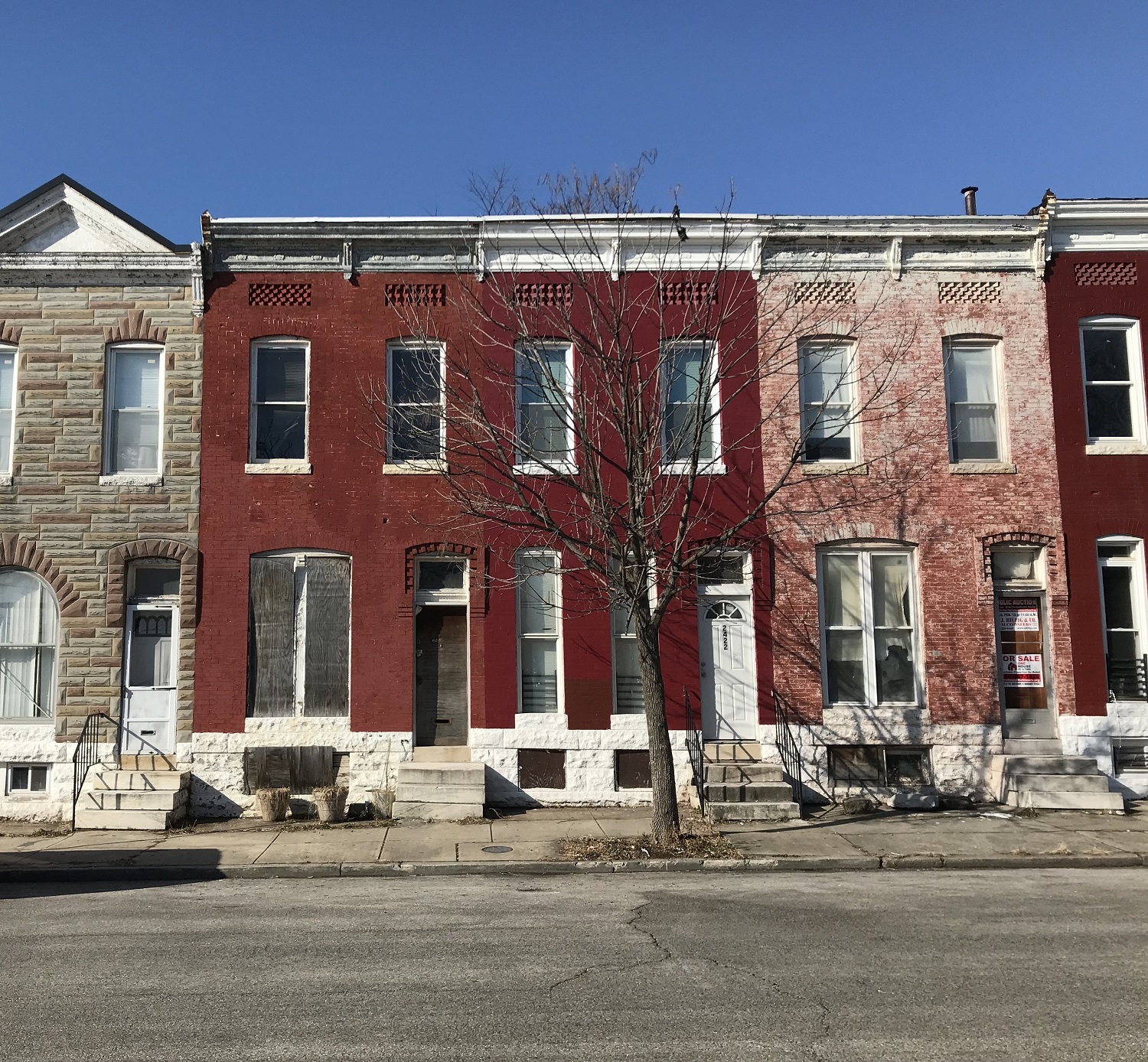Where is the vacant property agenda?
February 2, 2022

This is an excerpt of Chapter 1 of Tackling Vacancy and Abandonment: Strategies and Impacts After the Great Recession, jointly produced by the Center for Community Progress, the Federal Reserve Bank of Atlanta, and the Federal Reserve Bank of Cleveland. It has been lightly edited and condensed for the web. In this chapter, Community Progress Senior Fellow Alan Mallach provides a historical look into the treatment of vacant property as an issue for public concern and policy intervention. He traces the ebb and flow of widespread vacancy since the 1970s, placing it within a context of political and social circumstances that affected its visibility as an issue and ultimately led to the rise of many of the solutions-oriented organizations and projects highlighted in this volume. Click here to download the full chapter and read more insights on tackling vacancy and abandonment from the nation’s leading experts.
Vacant properties are not going away. Although household size has been dropping again since 2010, and the overall number of vacant properties has also dropped since the end of the foreclosure crisis, the number of “other vacant” properties in the United States has remained stubbornly elevated and is currently estimated by the Census Bureau at 4 million units. Although it is far too early to tell, it is possible that we may see a further increase in vacancy over the next few years in the aftermath of the COVID-19 pandemic, reflecting the potential effect of widespread rent arrears and mortgage delinquency, unless effectively addressed by federal, state, and local governments.
Concerted efforts have now been under way for two decades to both understand the dynamics of vacant properties and address the problems they cause. Practitioners have increasingly come to realize that the only way that vacancy issues can be effectively addressed is by recognizing the extent to which they are embedded within and connected to a complex web of larger dynamics at the neighborhood level and beyond.
While the issues are complex and multifaceted, they ultimately come down to market weakness or market failure. The outcomes of Baltimore’s Vacants to Value program, a highly effective strategy initiated in 2010 to return abandoned houses to productive use, are instructive in that respect.
Those outcomes were seemingly paradoxical. While in some neighborhoods the program was highly successful in getting properties that were already vacant in 2010 rehabilitated and put back to use, the total number of vacant properties in those same neighborhoods increased from 2010 to 2017.
Moreover, there was no relationship between program success, as defined by the percentage of 2010 vacant properties restored to use, and neighborhood outcomes, as defined by the total number of vacant properties in 2017. At the same time, there were other neighborhoods in Baltimore where the program resulted not only in considerable rehabilitation and reuse of vacant properties but also in a significant drop in the total number of vacant properties in the neighborhood.
The disparity in outcomes between these two neighborhood types highlights the significance of market factors. In the former neighborhoods, abandoned properties were clearly a symptom of market weakness, potentially caused by real or perceived crime and safety; the quality of schools and other public services; the condition of the occupied housing; the external perception of the neighborhood; and more. The latter group of neighborhoods, however, typically had considerable potential market strength, usually by virtue of their strategic location, which, however, could not be realized because of the market-depressing effects of large numbers of abandoned properties. In other words, vacant properties were a cause of market weakness, rather than a symptom. Once they were removed, the market in those neighborhoods was then able to function.
The Baltimore example highlights the central challenge inherent in the idea of vacant property strategy. To successfully address abandoned properties in a community, it is necessary to have a strategy explicitly directed at those properties. At the same time, except for a small number of neighborhoods with strong locational or physical features, a vacant property strategy in and of itself is unlikely to have a transformative effect on a distressed urban neighborhood.
At its most fundamental level, the problem of vacant and abandoned properties is a market failure, a straightforward response to an imbalance of supply and demand. That logically dictates that the problem can only be solved, as distinct from, perhaps ameliorated, by increasing demand in areas of widespread abandonment so that it fully absorbs supply, or alternatively, reducing supply to the point where the modest level of demand that exists is adequate to absorb whatever is left. But that simple, one might say neoliberal, formulation raises a larger question: Why does today’s U.S. economy and society devalue entire neighborhoods, cities, and even regions while driving so much demand to a handful of favored areas where even middle-class families earning well above the national median can no longer afford to live? As we focus on our blocks, our neighborhoods, and our cities, we must keep that question in mind.
Subscribe to join 14,000 community development leaders getting the latest resources from top experts on vacant property revitalization.
